| Weight | 1 lbs |
|---|---|
| Dimensions | 9 × 5 × 2 in |
| host | rabbit |
| isotype | IgG |
| clonality | polyclonal |
| concentration | 1 mg/mL |
| applications | ELISA |
| reactivity | tagged fusion proteins |
| available sizes | 1 mg, 100 µg, 25 µg |
rabbit anti-6X His tag polyclonal antibody 7094
Price range: $100.00 through $2,600.00
Antibody summary
- Rabbit polyclonal to 6X His tag
- Suitable for: ELISA
- Reacts with: tagged fusion proteins
- Isotype: IgG
- 100 µg, 25 µg, 1 mg
rabbit anti-6X His tag polyclonal antibody 7094
| antibody |
|---|
| Database link: 6x His tag sequence HHHHHH |
| Tested applications ELISA |
| Recommended dilutions user optimized |
| Application Notes This antibody reacts with HHHHHH as determined by IEP and ELISA techniques. It is suitable for blotting, ELISA and IHC applications. Optimal working dilutions should be determined experimentally by the investigator. |
| Immunogen Highly purified HHHHHH conjugated with KLH (6xHIS) |
| Size and concentration 25, 100, 1000µg and 1 mg/mL |
| Form liquid |
| Storage Instructions 2-8°C |
| Storage buffer PBS, pH 7.2, 0.09% NaN3 |
| Purity affinity purified |
| Clonality polyclonal |
| Isotype IgG |
| Compatible secondaries goat anti-rabbit IgG, H&L chain specific, peroxidase conjugated, conjugated polyclonal antibody 9512 goat anti-rabbit IgG, H&L chain specific, biotin conjugated polyclonal antibody 2079 goat anti-rabbit IgG, H&L chain specific, FITC conjugated polyclonal antibody 7863 goat anti-rabbit IgG, H&L chain specific, Cross Absorbed polyclonal antibody 2371 goat anti-rabbit IgG, H&L chain specific, biotin conjugated polyclonal antibody, crossabsorbed 1715 goat anti-rabbit IgG, H&L chain specific, FITC conjugated polyclonal antibody, crossabsorbed 1720 |
| Isotype control Rabbit polyclonal - Isotype Control |
| target relevance |
|---|
| 6X His tag is a small protein tag that minimally impacts protein structure. This antibody can be used to confirm expression and quantify 6X His tagged recombinant proteins in Western blotting and for their purification/copurification. When imaging in situ, 6X His tagged proteins can be identified by this antibody when used in conjunction with a suitable secondary antibody. Click for more on: epitope tags and 6x His tag |
| Protein names 6xHis, His6-tag, Hexahistidine tag, His tag |
| Biotechnology The 6x Histidine (6x His) tag has become an indispensable tool in both biotechnology and scientific research, particularly in the field of recombinant protein expression and purification. The 6x His tag consists of six consecutive histidine residues genetically fused to a protein of interest. This small peptide sequence offers several advantages, making it highly desirable for the generation of fusion proteins. One of its main benefits is its ability to bind to immobilized metal ions, such as nickel or cobalt, with high affinity. This property allows for efficient and selective purification of the fusion protein through metal affinity chromatography, simplifying the protein purification process and yielding highly pure and concentrated protein samples. Furthermore, the 6His tag also facilitates easy detection and quantification of the fusion protein using anti-His antibodies in techniques like Western blotting. The versatility and simplicity of the 6x His tag have significantly advanced research efforts in protein expression, characterization, and functional analysis, allowing researchers to explore the structure and function of a wide range of proteins in diverse biological systems. |
Data
Publications
| pmid | title | authors | citation |
|---|---|---|---|
| 36339259 | Activity-based probes trap early active intermediates during metacaspase activation. | Vida Štrancar, Katarina P van Midden, Daniel Krahn, Kyoko Morimoto, Marko Novinec, Christiane Funk, Simon Stael, Christopher J Schofield, Marina Klemenčič, Renier A L van der Hoorn | iScience 25:105247 |
| 35986286 | Modulation of macrophage inflammatory function through selective inhibition of the epigenetic reader protein SP140. | Mohammed Ghiboub, Jan Koster, Peter D Craggs, Andrew Y F Li Yim, Anthony Shillings, Sue Hutchinson, Ryan P Bingham, Kelly Gatfield, Ishtu L Hageman, Gang Yao, Heather P O'Keefe, Aaron Coffin, Amish Patel, Lisa A Sloan, Darren J Mitchell, Thomas G Hayhow, Laurent Lunven, Robert J Watson, Christopher E Blunt, Lee A Harrison, Gordon Bruton, Umesh Kumar, Natalie Hamer, John R Spaull, Danny A Zwijnenburg, Olaf Welting, Theodorus B M Hakvoort, Anje A Te Velde, Johan van Limbergen, Peter Henneman, Rab K Prinjha, Menno P J de Winther, Nicola R Harker, David F Tough, Wouter J de Jonge | BMC Biol 20:182 |
| 35903773 | Human SLC4A11 does not complement BOR1 or support borate transport in Saccharomyces cerevisiae. | Jean L Beltran, Richara K Bain, Marie J Stiefel, Alexis S McDonnell, Natalie N Carr, Bryan H Thurtle-Schmidt | MicroPubl Biol 2022:N/A |
| 35584627 | Broad and ultra-potent cross-clade neutralization of HIV-1 by a vaccine-induced CD4 binding site bovine antibody. | Behnaz Heydarchi, Danielle S Fong, Hongmei Gao, Natalia A Salazar-Quiroz, Jack M Edwards, Christopher A Gonelli, Samantha Grimley, Turgut E Aktepe, Charlene Mackenzie, William J Wales, Marit J van Gils, Albert Cupo, Isabelle Rouiller, Paul R Gooley, John P Moore, Rogier W Sanders, David Montefiori, Ashish Sethi, Damian F J Purcell | Cell Rep Med 3:100635 |
| 35443160 | A dual-function phage regulator controls the response of cohabiting phage elements via regulation of the bacterial SOS response. | Gil Azulay, Anna Pasechnek, Olga Stadnyuk, Shai Ran-Sapir, Ana Mejia Fleisacher, Ilya Borovok, Nadejda Sigal, Anat A Herskovits | Cell Rep 39:110723 |
Protocols
| relevant to this product |
|---|
| ELISA |
Documents
| # | SDS | Certificate | |
|---|---|---|---|
| Please enter your product and batch number here to retrieve product datasheet, SDS, and QC information. | |||
24 reviews for rabbit anti-6X His tag polyclonal antibody 7094
Only logged in customers who have purchased this product may leave a review.
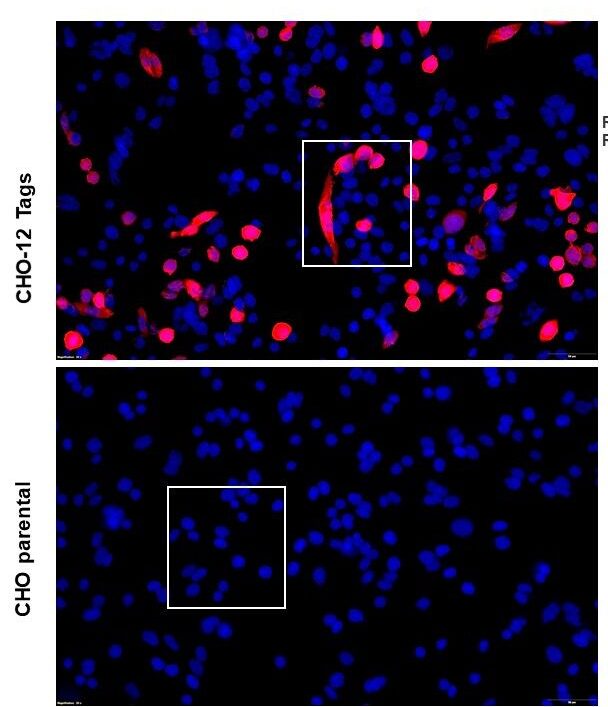

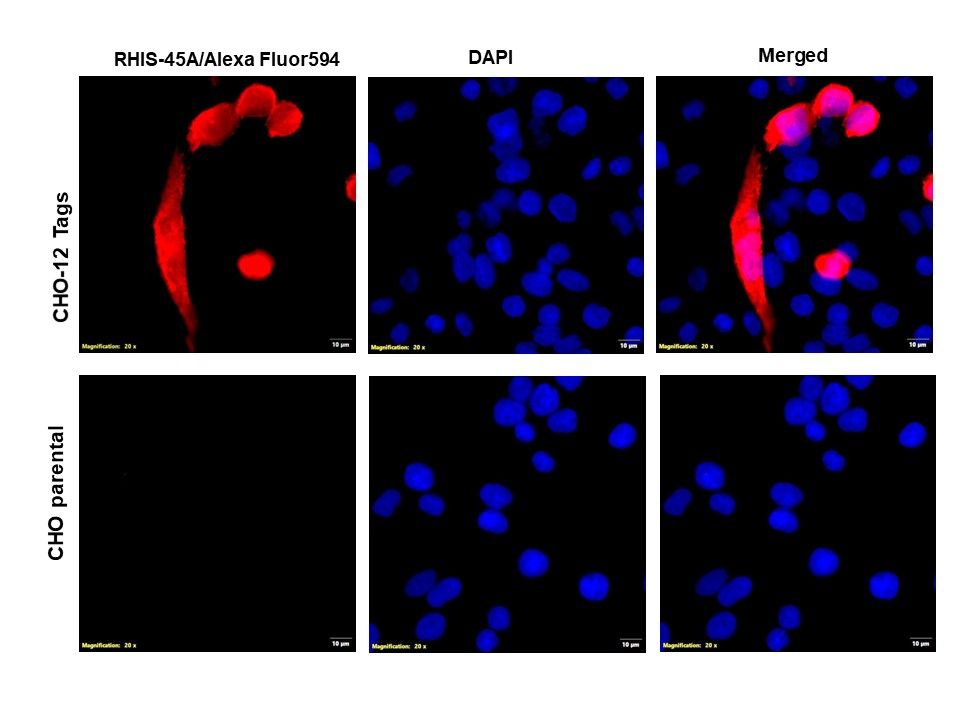
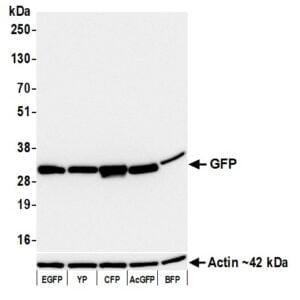
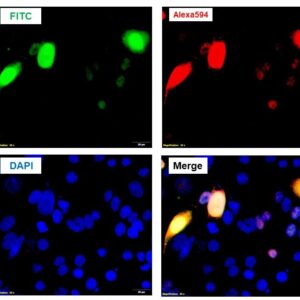
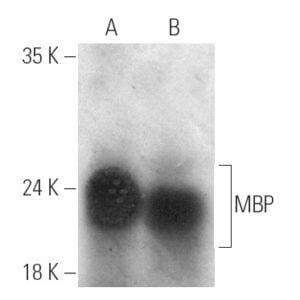
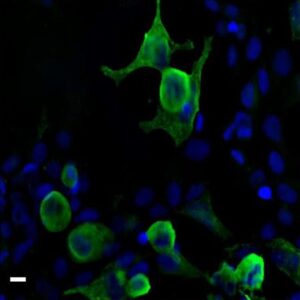
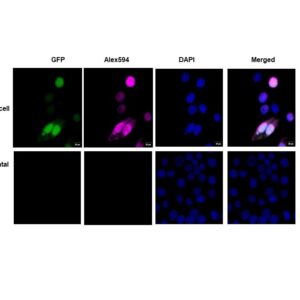
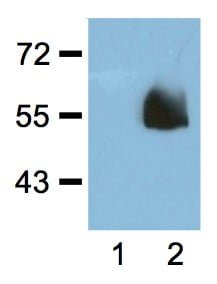
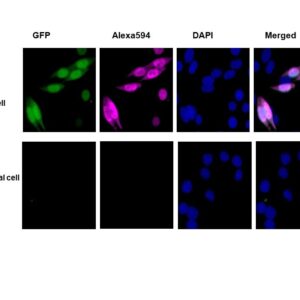
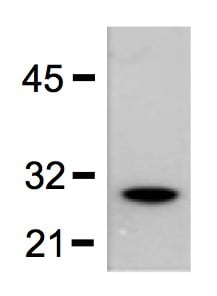
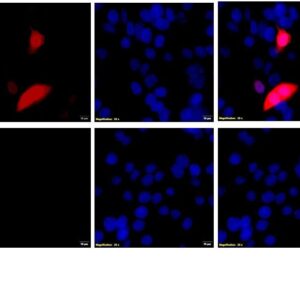
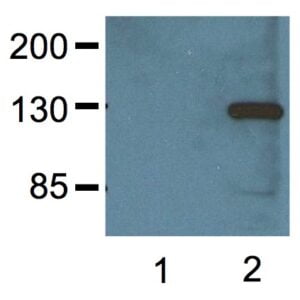

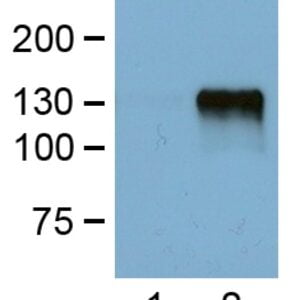

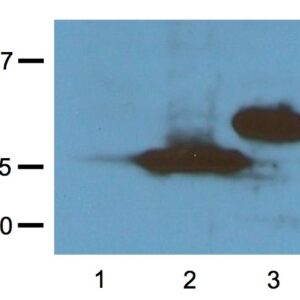
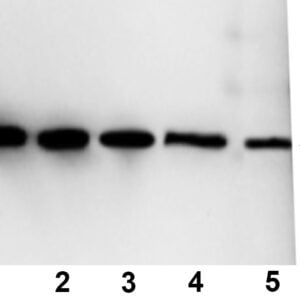
verified user –
verified user –
verified user –
verified user –
verified user –
verified user –
verified user –
verified user –
verified user –
verified user –
verified user –
verified user –
verified user –
verified user –
verified user –
verified user –
verified user –
verified user –
verified user –
verified user –
verified user –
verified user –
verified user –
verified user –